Rising Geriatric Population
The increasing geriatric population in the US is a crucial driver for the osseointegration implants market. As individuals age, they often experience a decline in bone density and dental health, leading to a higher demand for dental implants and orthopedic solutions. According to the US Census Bureau, the population aged 65 and older is projected to reach 80 million by 2040, which represents a significant market opportunity. This demographic shift necessitates advanced solutions like osseointegration implants, which provide better stability and longevity compared to traditional methods. The growing awareness of the benefits of these implants among older adults further fuels market growth, as they seek improved quality of life and functional restoration. Consequently, The Osseointegration Implants Market is likely to expand in response to the needs of this aging population.
Growing Awareness of Dental Health
The growing awareness of dental health among the US population is a significant driver for the osseointegration implants market. As individuals become more informed about the importance of oral hygiene and the impact of dental issues on overall health, the demand for effective solutions like osseointegration implants rises. Educational campaigns and increased access to dental care have led to a surge in patients seeking implants as a long-term solution for tooth loss. Market data indicates that the dental implant segment is expected to account for over 50% of the total osseointegration implants market by 2026. This trend suggests that as awareness continues to grow, more patients will opt for implants, thereby propelling market expansion.
Rising Incidence of Bone Disorders
The rising incidence of bone disorders in the US is a critical driver for the osseointegration implants market. Conditions such as osteoporosis, osteoarthritis, and traumatic bone injuries are becoming increasingly prevalent, necessitating effective treatment options. The National Osteoporosis Foundation estimates that approximately 10 million Americans have osteoporosis, a condition that significantly increases the risk of fractures and necessitates surgical intervention. Osseointegration implants offer a reliable solution for restoring bone integrity and function. As the population ages and the prevalence of these disorders rises, the demand for osseointegration implants is expected to grow. This trend indicates a robust market potential for manufacturers and healthcare providers focusing on innovative solutions for bone health.
Technological Innovations in Implant Design
Technological innovations in implant design are transforming the osseointegration implants market. Advances in materials science, such as the development of bioactive coatings and improved titanium alloys, enhance the integration of implants with bone tissue. These innovations not only improve the success rates of implants but also reduce recovery times for patients. The introduction of computer-aided design (CAD) and 3D printing technologies allows for customized implants tailored to individual patient anatomies, further driving market growth. According to industry reports, the market for 3D-printed implants is expected to grow at a CAGR of over 20% in the coming years. As these technologies become more accessible, they are likely to increase the adoption of osseointegration implants across various medical fields, including dentistry and orthopedics.
Increased Investment in Healthcare Infrastructure
Increased investment in healthcare infrastructure in the US is positively impacting the osseointegration implants market. The government and private sectors are allocating substantial funds to enhance medical facilities, which includes the procurement of advanced surgical equipment and training for healthcare professionals. This investment is crucial for improving patient outcomes and expanding access to innovative treatments, including osseointegration implants. As hospitals and clinics upgrade their facilities, the adoption of these implants is likely to increase, driven by improved surgical techniques and patient care standards. Furthermore, the expansion of outpatient surgical centers is expected to facilitate quicker procedures, making osseointegration implants more accessible to a broader patient base.


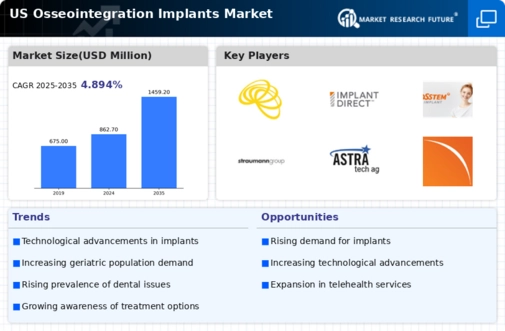
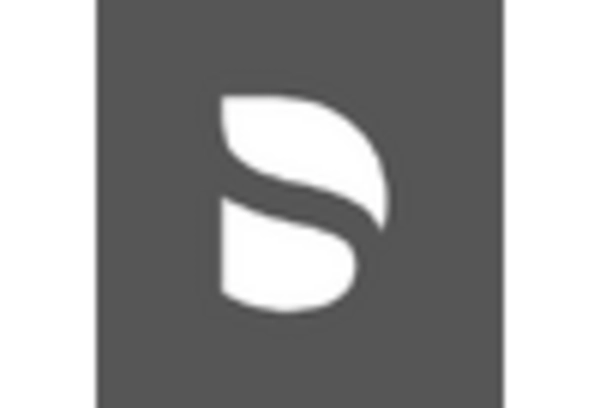
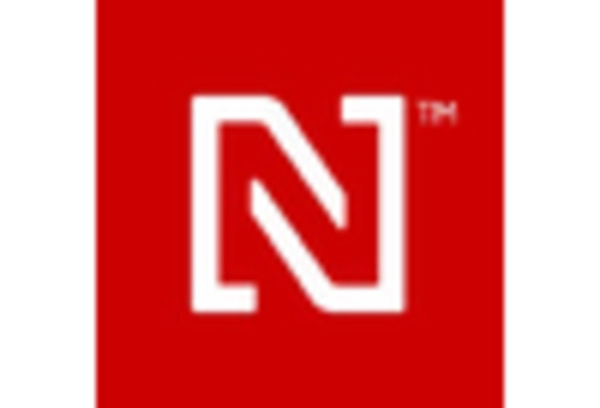
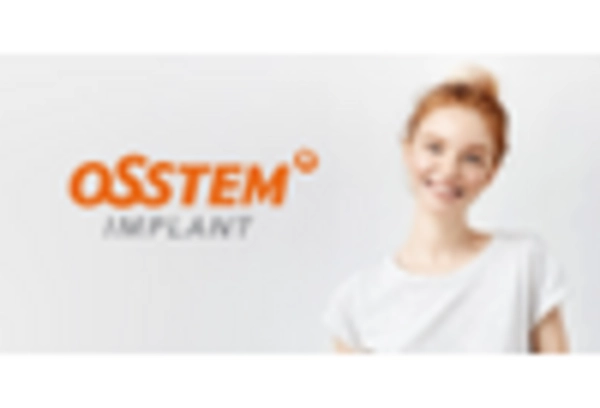
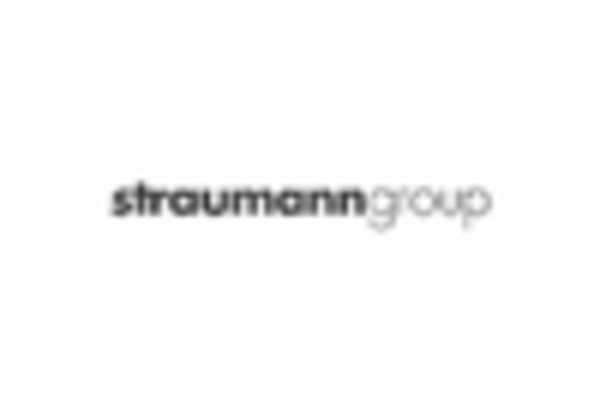
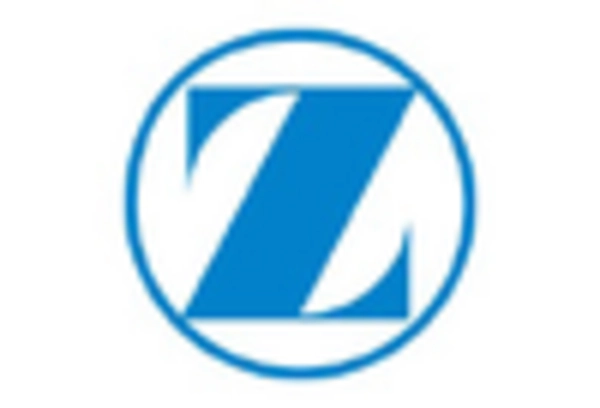








Leave a Comment